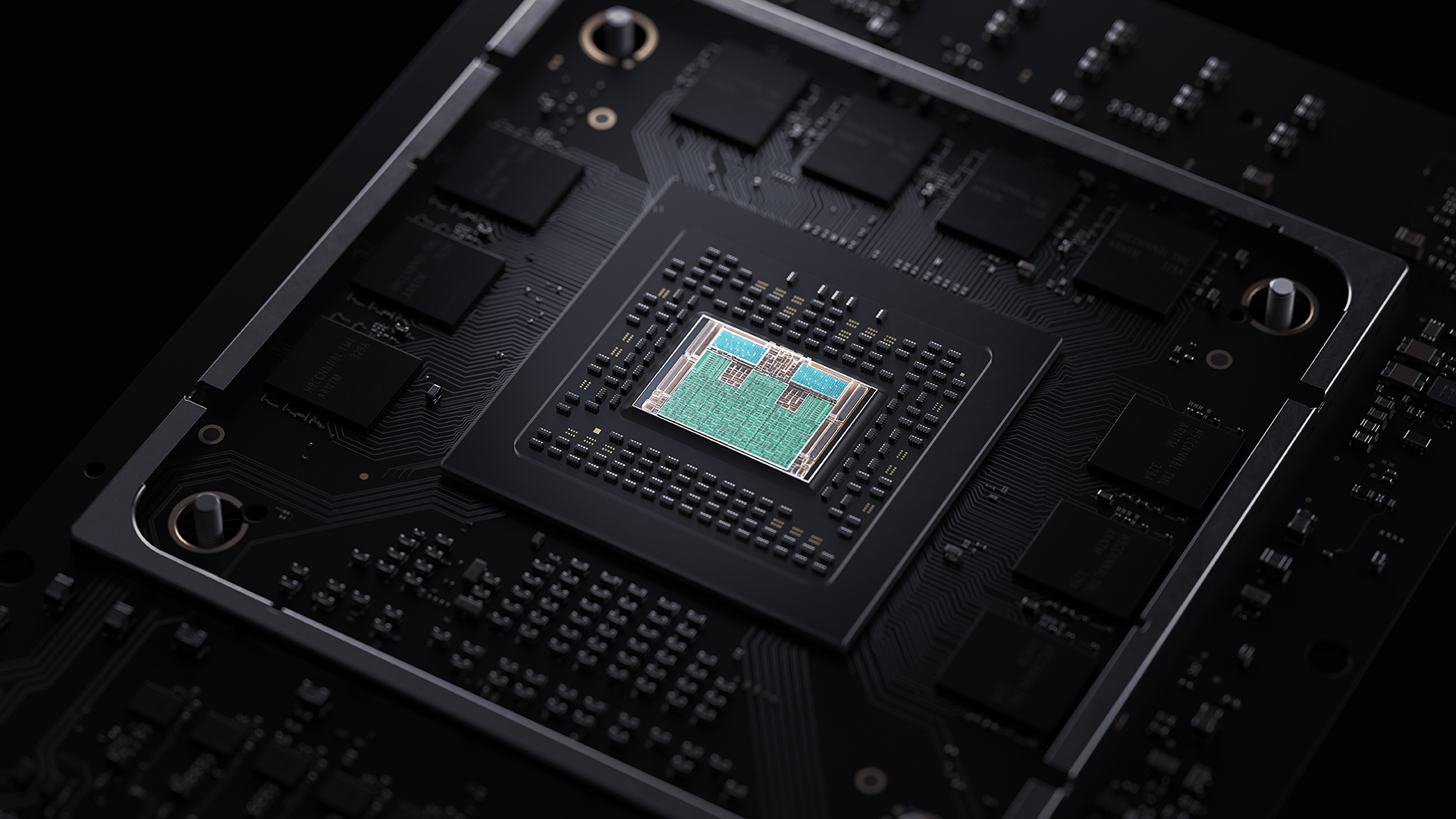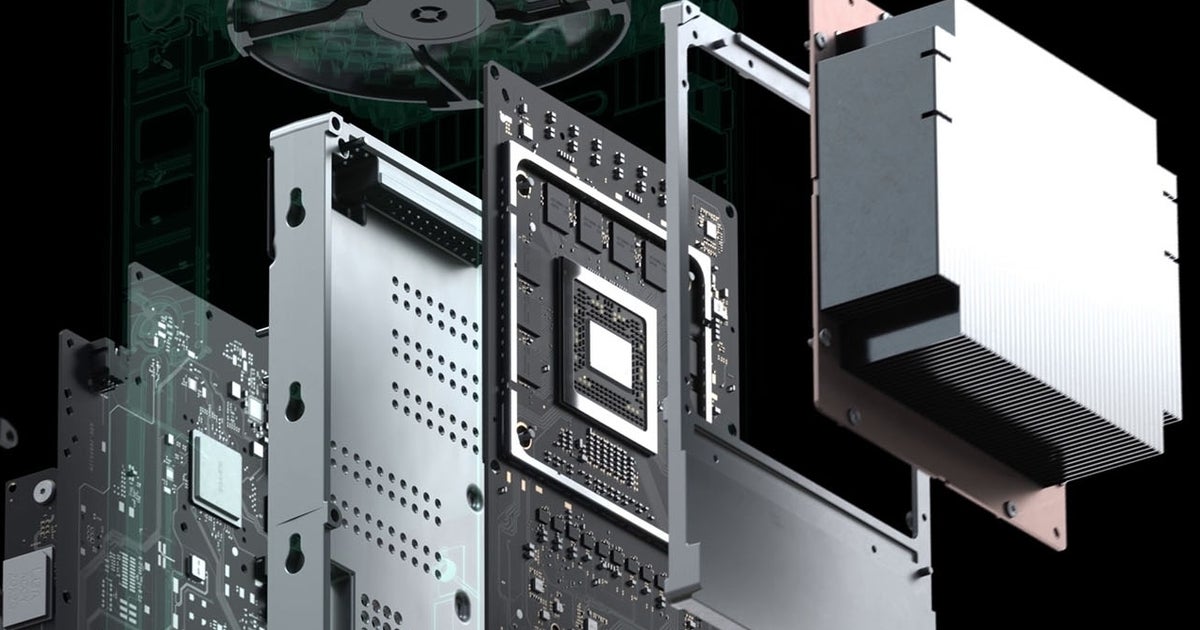If you haven't figured it out yet Next Generation is going to be big on AI/Deep Learning / Machine Learning / Neural Network & so on & most likely the next generation consoles will come with AI processors/accelerators like the DNA 100 processor from Cadence & Tensor Cores from Nvidia.
With that said how do y'all feel about games studying you as you play them & reacting to your input , remembering things that you said & bringing it up randomly days , weeks , months or even years later?
https://ip.cadence.com/news/611/330...ower-Efficiency-for-On-Device-AI-Applications
With that said how do y'all feel about games studying you as you play them & reacting to your input , remembering things that you said & bringing it up randomly days , weeks , months or even years later?
https://ip.cadence.com/news/611/330...ower-Efficiency-for-On-Device-AI-Applications
Cadence Launches New Tensilica DNA 100 Processor IP Delivering Industry-Leading Performance and Power Efficiency for On-Device AI Applications
DNA 100 processor easily scales from 0.5 to 100s of TMACs for neural network inferencing in automotive, surveillance, robotics, drones, AR/VR, smartphone, smart home and IoT products
The DNA 100 processor will be available to select customers in December 2018 with general availability expected in the first quarter of 2019
















